Sowing Mesquite Seeds: How And When To Plant Mesquite Seeds
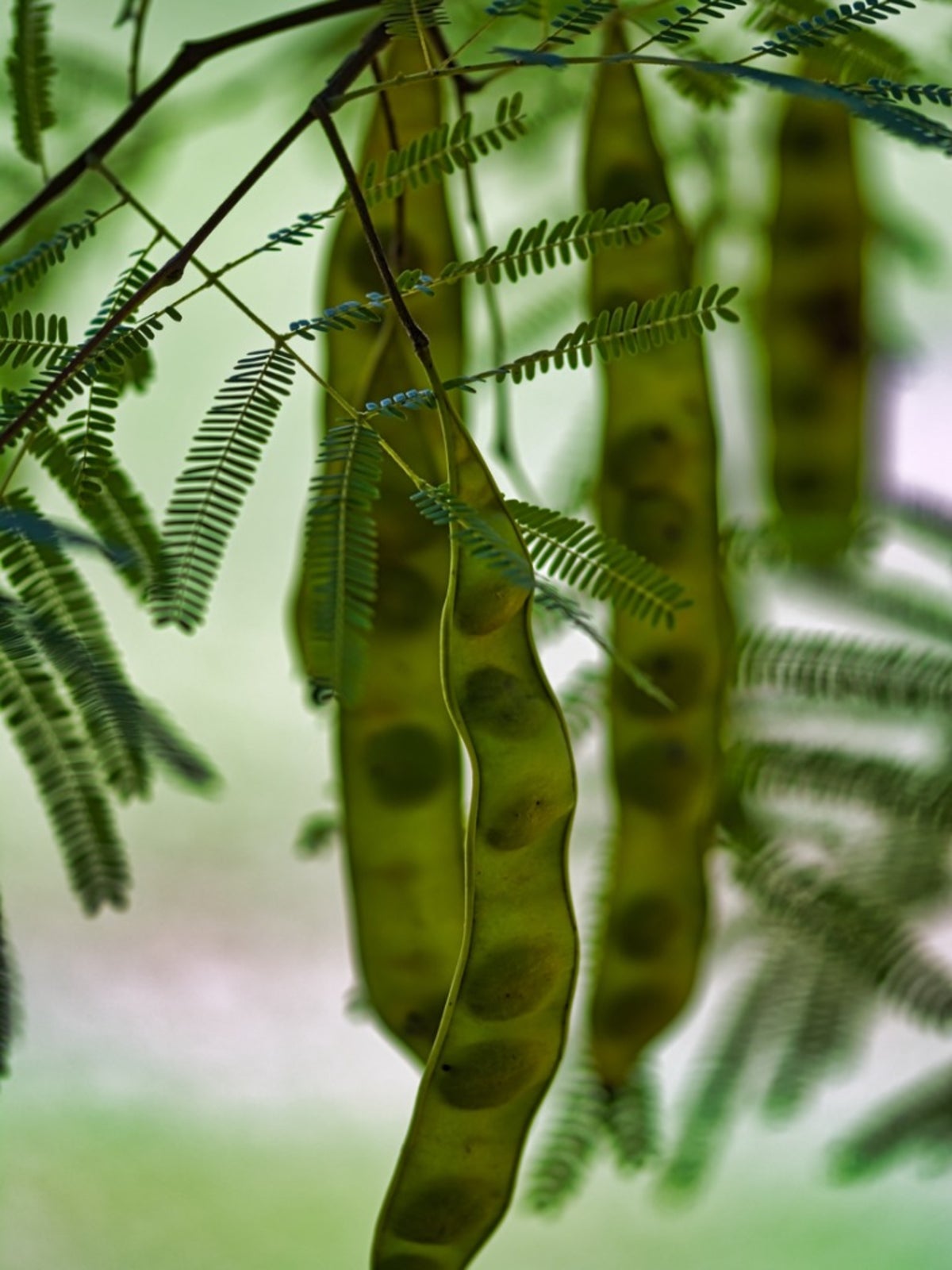

Mesquite plants are considered symbols of the American Southwest. They grow like weeds in their natural region and make excellent native plants in that area's gardens. Producing a lovely tree with tiny, yellow spring flowers and bean-like pods. This member of the legume family can secure nitrogen in the soil, improving the garden. Growing mesquite from seed found in the wild is a fun way to enjoy these plants for free. However, mesquite seed germination can be capricious and requires several steps for success. Read further for info on how to grow mesquite trees from seed.
How to Grow Mesquite from Seed
Plant propagation by amateur gardeners is an interesting way to develop new plants and enhance your garden expertise. Sowing mesquite seeds for intentional propagation requires some specific steps to enhance germination. In the wild, any animal who eats a bean pod will spread the seed, and the animal's digestive tract provides the necessary treatment to break embryo dormancy. For the home gardener, additional treatment will be necessary. Many experts state that growing mesquite from seed is the hardest way to propagate the plant. Air layering or propagation through grafting are common commercial methods. For mesquite seeds, the maximum germination occurs at temperatures of 80 to 85 degrees Fahrenheit (27-29 C.). The seed does not need light to germinate but does best under 0.2 inches (0.5 cm.) of soil. Seedlings do need light to grow and soil temperatures of at least 77 degrees Fahrenheit (25 C.). Scarification of the seed and a soak in sulfuric acid or horticultural vinegar enhances cotyledon emergence.
Enhancing Mesquite Seed Germination
Seeds need to be scarred with a knife or file to wound the hard exterior. Next, a 15 to 30 minute soak in sulfuric acid or in a strong vinegar solution will help soften the hard seed exterior. Another treatment that may help is stratification. Wrap seeds in moist sphagnum moss in a plastic bag or container and place them in the refrigerator for eight weeks. This is a common method of stimulation the emergence of the embryo. While it may not be necessary, it will not hurt the seeds and may encourage seedling emergence. Once all treatments have been completed, it is time for sowing mesquite seeds.
When to Plant Mesquite Seeds
Timing is everything when planting. If you are planting seeds directly outside in containers or a prepared bed, sow seed in spring. Seeds started indoors can be planted at any time but require a warm area to germinate and grow on. Another trick to ensure germination is to wrap the seeds in moist paper towels for a week. The seeds should send out little sprouts in about that time. Then install the sprouts in a mixture of sand and sphagnum moss that has been lightly moistened. Depending upon the cultivar, many growers have experienced success just by planting seeds, untreated in potting soil. However, since some cultivar seeds are resistant, following the treatment plan outlined will not harm seeds and will prevent much of the frustration associated with these resistant varieties.
Gardening tips, videos, info and more delivered right to your inbox!
Sign up for the Gardening Know How newsletter today and receive a free copy of our e-book "How to Grow Delicious Tomatoes".

Bonnie Grant is a professional landscaper with a Certification in Urban Gardening. She has been gardening and writing for 15 years. A former professional chef, she has a passion for edible landscaping.
-
 Try The Trend – Turn Any Bed Into A Keyhole Garden With This Clever In-Ground Composter
Try The Trend – Turn Any Bed Into A Keyhole Garden With This Clever In-Ground ComposterKeyhole gardening is an efficient and sustainable practice that saves space. Get started on this DIY project quickly and easily with an in-ground composter.
By Bonnie L. Grant
-
 4 Superfast Composting Methods: Turn Waste Into Garden Gold In 30 Days Or Less
4 Superfast Composting Methods: Turn Waste Into Garden Gold In 30 Days Or LessTry the fastest composting methods to turbocharge your pile and transform kitchen scraps and garden waste into finished compost in just a few weeks.
By Mary Ellen Ellis
-
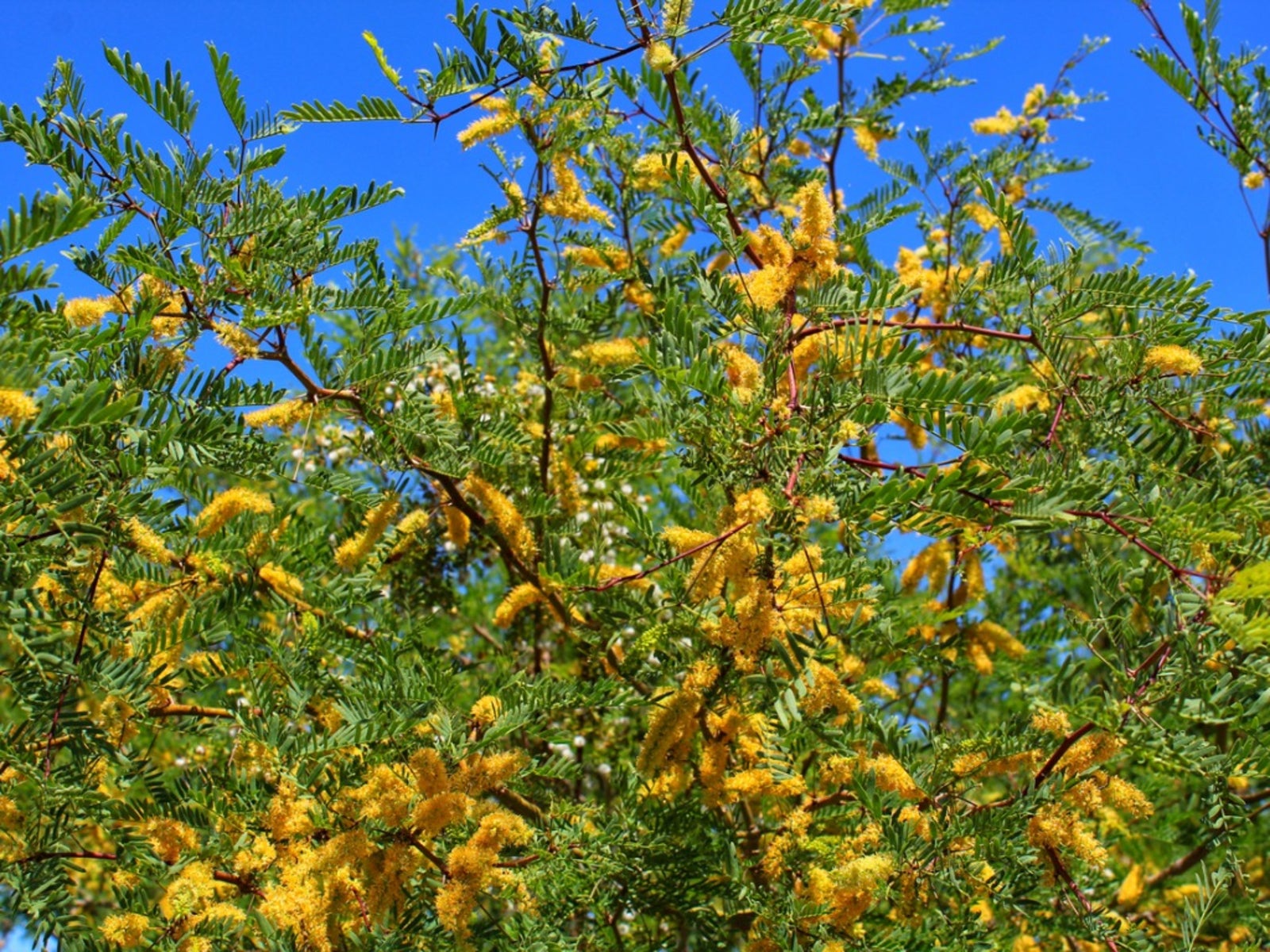 Signs Of Mesquite Sickness – Recognizing Mesquite Tree Diseases
Signs Of Mesquite Sickness – Recognizing Mesquite Tree DiseasesMesquite trees are attractive and drought tolerant, and a standard part of xeriscape plantings. Sometimes, though, these tolerant trees exhibit signs of mesquite sickness. Click here for information about diseases of mesquite trees and how to recognize them.
By Teo Spengler
-
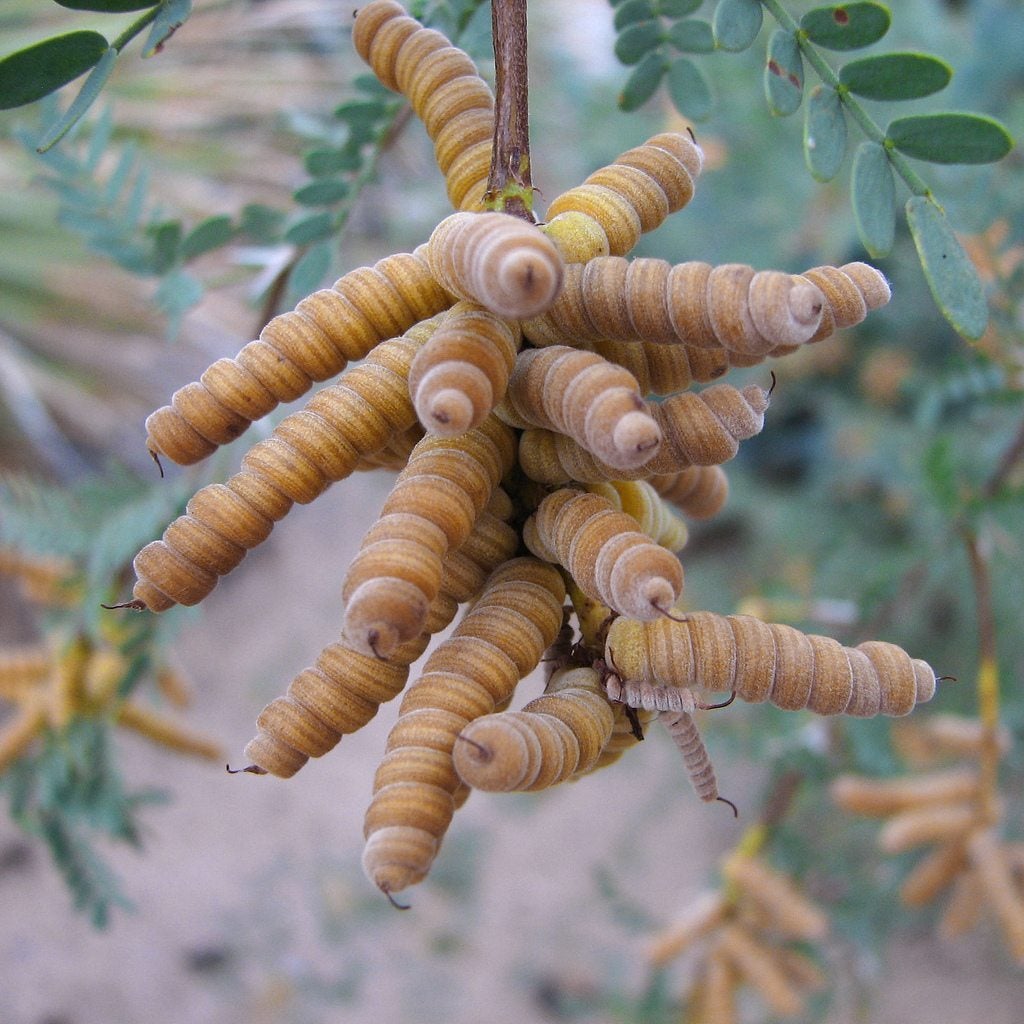 Screwbean Mesquite Info: Tips For Screwbean Mesquite Care
Screwbean Mesquite Info: Tips For Screwbean Mesquite CareThe screwbean mesquite is a small tree or shrub native to southern California. It sets itself apart from its traditional mesquite cousin with its attractive, corkscrew-shaped bean pods that appear in the summer. Learn more screwbean mesquite info in this article.
By Liz Baessler
-
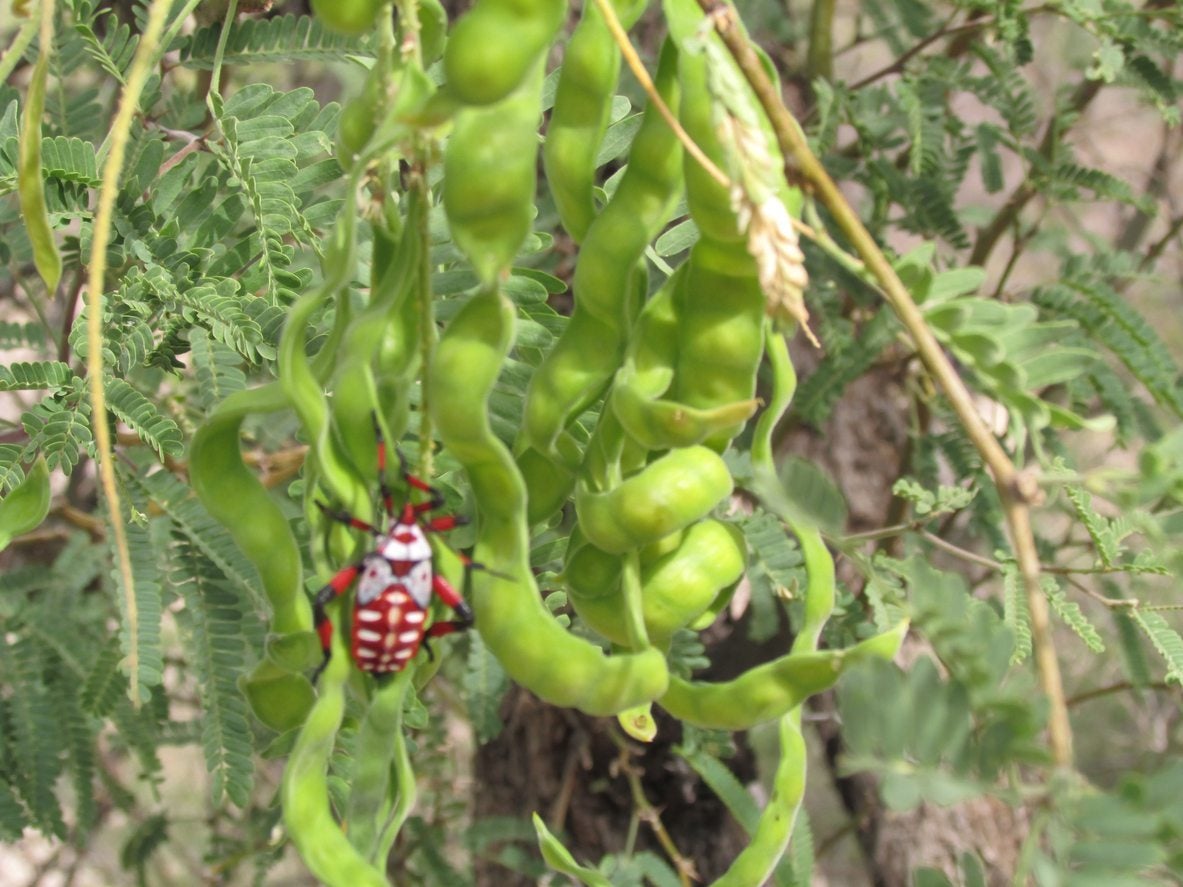 Mesquite Pest Solutions – How To Deal With Pests Of Mesquite Trees
Mesquite Pest Solutions – How To Deal With Pests Of Mesquite TreesMesquite trees are an excellent choice for a tough landscape tree that requires very little input once established. Even so, you'll want to monitor them for insect infestations from time to time. If you see any, you'll know what to do after reading this article.
By Kristi Waterworth
-
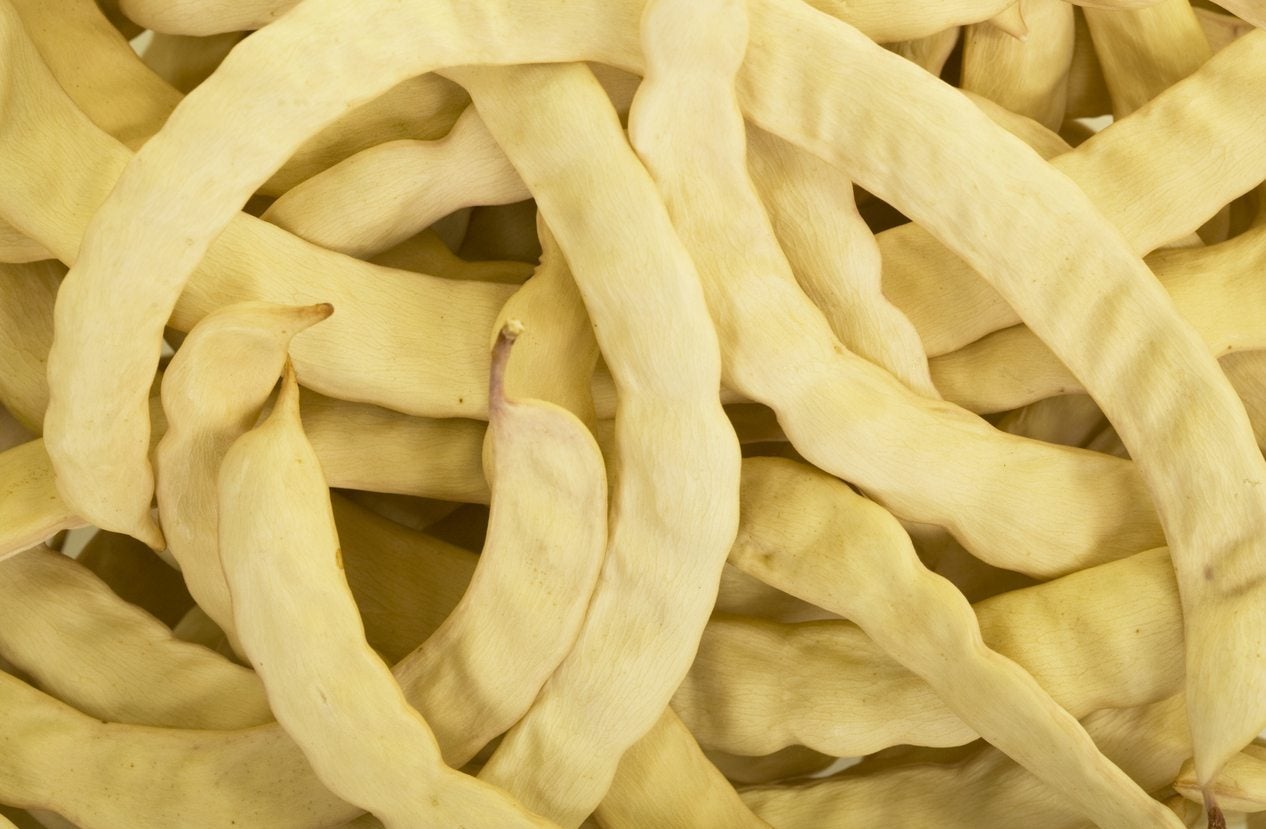 Are Mesquite Trees Edible: Learn About Mesquite Pod Uses
Are Mesquite Trees Edible: Learn About Mesquite Pod UsesIf someone were to mention "mesquite" to me, my thoughts immediately turn to the mesquite wood used for grilling and barbecuing. But is there more to mesquite beyond the grill? Can you eat mesquite? Are mesquite trees edible?" Click here to find out.
By Shelley Pierce
-
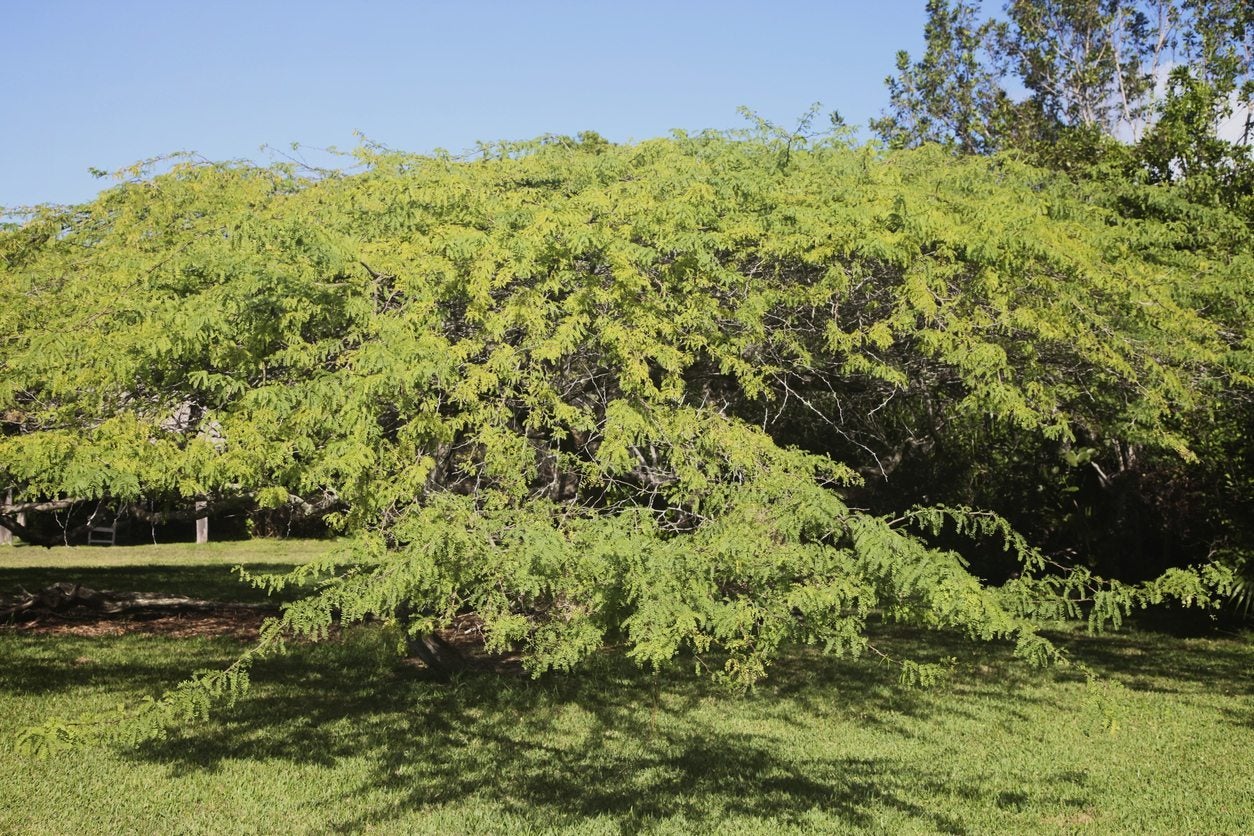 Moving Mesquite Trees – Is Transplanting A Mesquite Tree Possible
Moving Mesquite Trees – Is Transplanting A Mesquite Tree PossibleWhere other trees may wilt and dehydrate, mesquite trees draw moisture from the cool depths of the earth and gracefully ride out the dry spell. However, this deep taproot can make transplanting a mesquite tree quite difficult. Click here for tips on moving mesquite trees.
By Darcy Larum
-
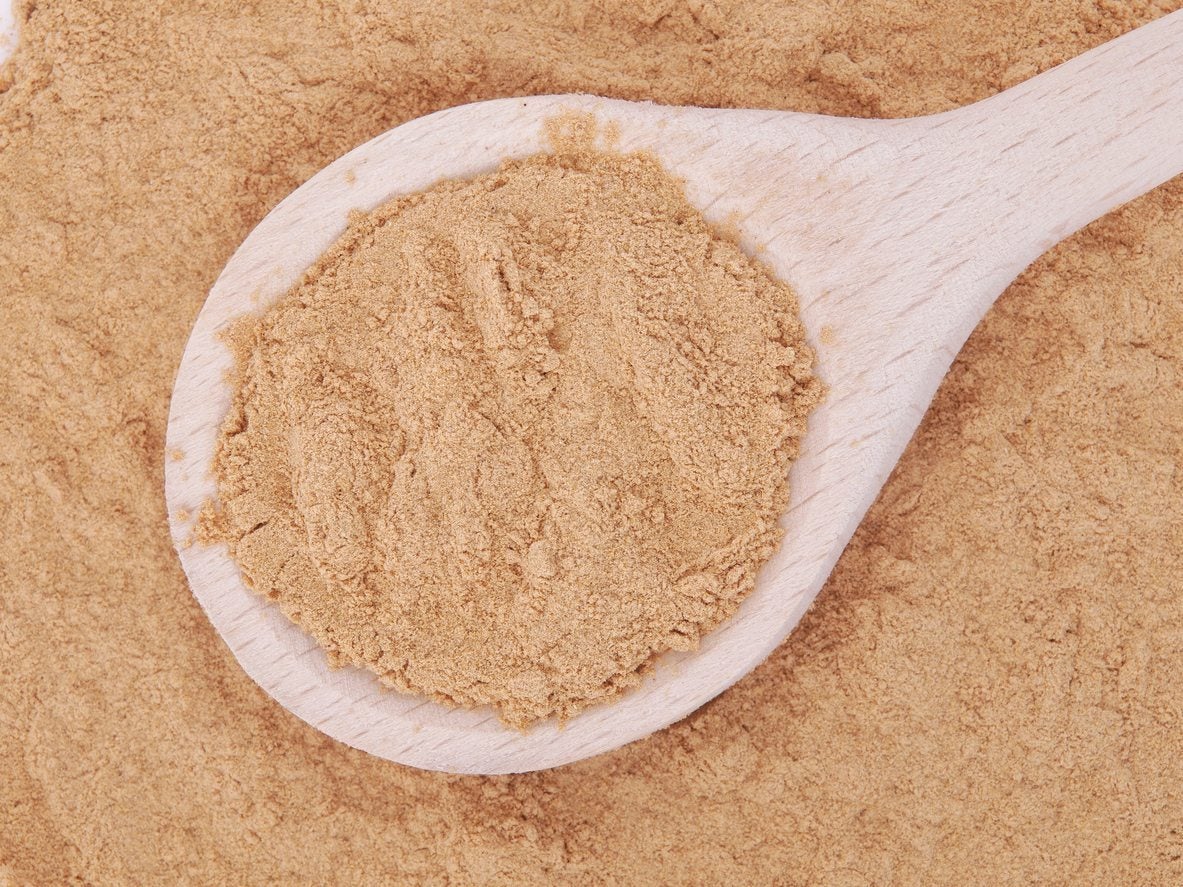 Mesquite Tree Uses – What Can Mesquite Be Used For
Mesquite Tree Uses – What Can Mesquite Be Used ForOf mesquite, many of us only know about the slow burning wood that makes for a great barbeque. That?s only the tip of the iceberg, though. What else can mesquite be used for? Mesquite tree uses are many and varied. Learn more about these uses here.
By Amy Grant
-
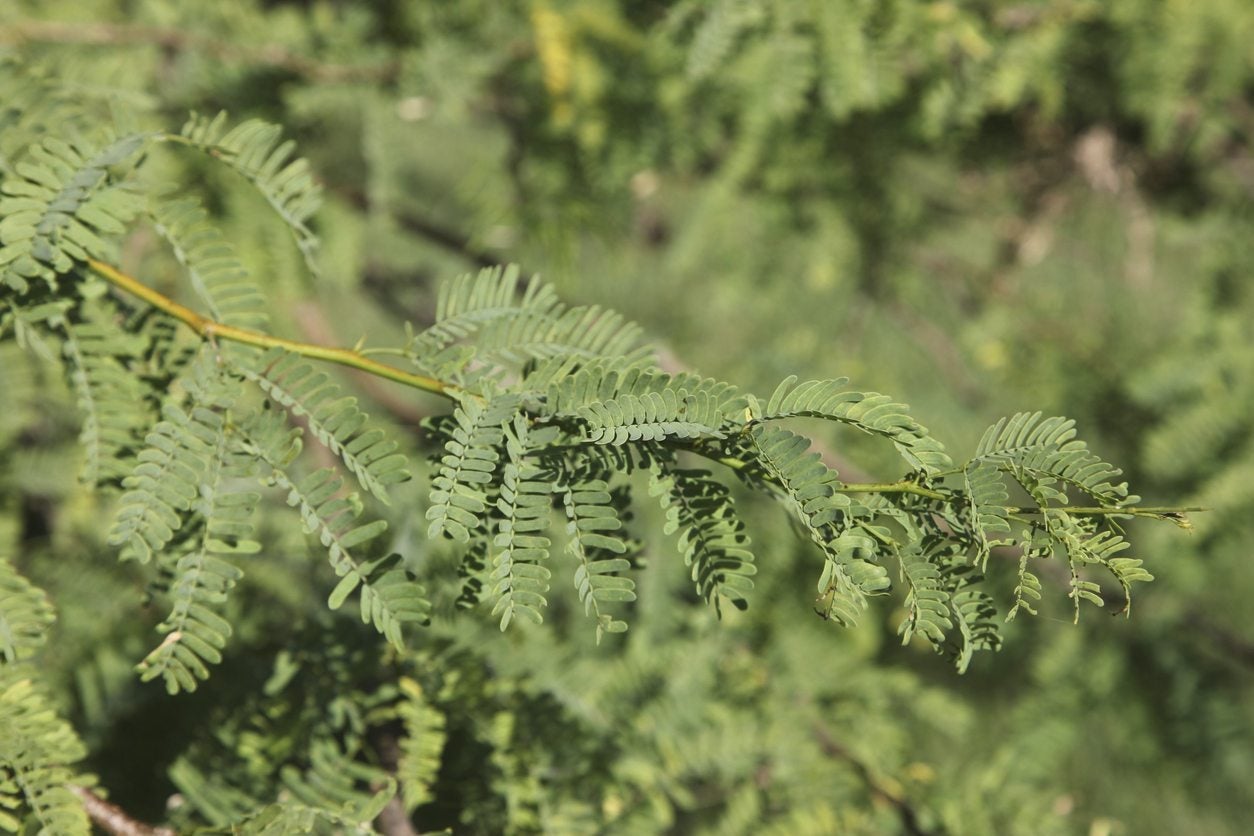 Mesquite Cutting Propagation : Can You Grow Mesquite From Cuttings
Mesquite Cutting Propagation : Can You Grow Mesquite From CuttingsMesquite plants make attractive specimens in the garden. Can you grow mesquite from cuttings? Absolutely. You will just need a little info on how to root mesquite cuttings and when and where to harvest your material. This article will help with that.
By Bonnie L. Grant
-
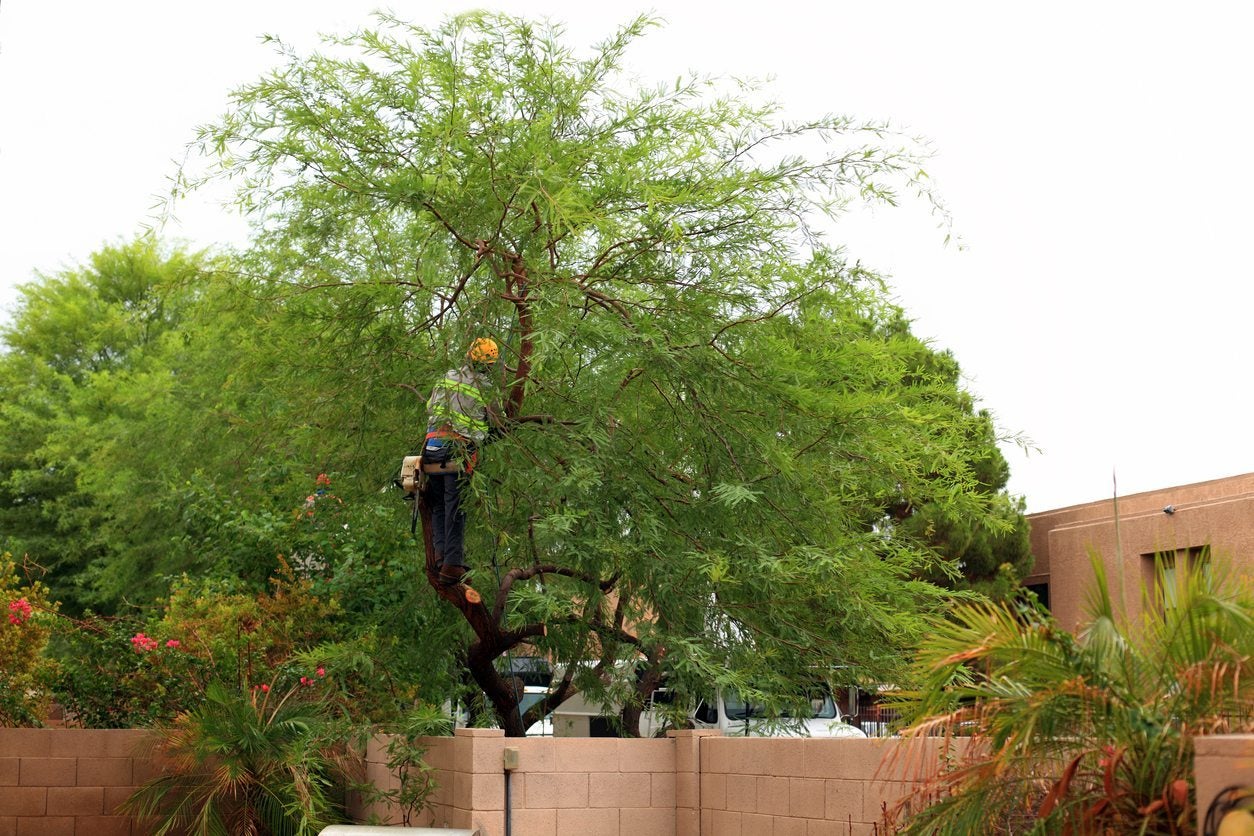 Mesquite Tree Pruning: Learn When To Prune A Mesquite Tree
Mesquite Tree Pruning: Learn When To Prune A Mesquite TreeMesquite trees grow so fast that you may need to do mesquite tree pruning every year or so. That means that homeowners with these trees in the backyard need to know how to prune mesquites and when to prune a mesquite. This article will help with that.
By Teo Spengler